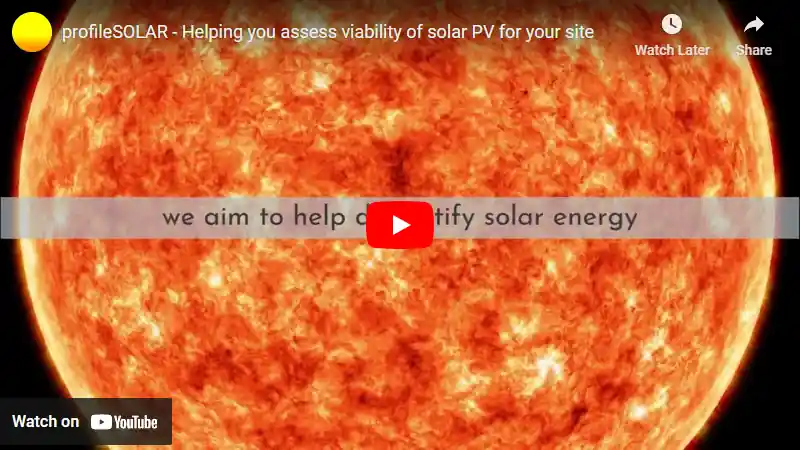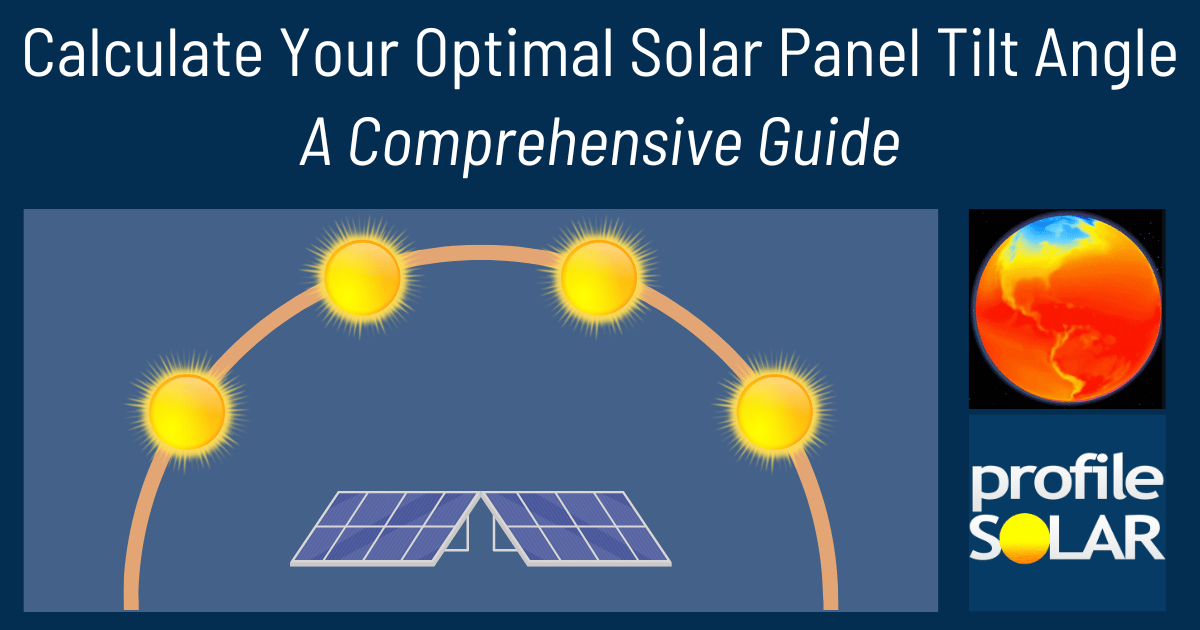

In simpler terms, the location at Saku, Harjumaa, Estonia is not ideal for generating solar energy all year round. This is because the amount of electricity that can be produced from a solar panel changes greatly depending on the season.
During summer, you can expect to generate around 5.99 kilowatt-hours (kWh) per day for each kilowatt (kW) of installed solar panels. This is when you would get the most power out of your panels because there are more hours of sunlight and it's usually clearer weather.
In autumn, this drops significantly to about 1.54 kWh/day per kW installed. The decrease continues into winter where you would only get around 0.50 kWh/day per kW installed due to shorter daylight hours and potentially cloudy or snowy weather.
Spring sees an increase again with about 3.97 kWh/day per kW installed as daylight hours start increasing again but it's still not as high as in summer.
For a fixed panel installation at this location, tilting the panels towards south at an angle of approximately 49 degrees will result in maximum power production throughout the year.
There could be several environmental or weather factors that may hinder solar production here such as cloud cover, snowfall or even dust accumulation on panels which could block sunlight from reaching them fully - especially during autumn and winter months when these conditions are more likely to occur here in Estonia.
To ensure greater energy production despite these challenges:
1) Regular cleaning and maintenance of panels should be carried out so they remain free from obstructions like snow or dust.
2) Consider installing adjustable mountings that allow changing angles according to seasons for better exposure.
3) Use advanced PV modules designed specifically for low-light conditions.
4) Incorporate battery storage systems that store excess energy produced during sunnier periods for use during less productive times.
5) If possible, consider integrating other renewable sources like wind turbines which can complement your solar system during less sunny periods.
Remember, while these measures can help increase production, the location is not ideal for year-round solar energy generation due to its seasonal variations in sunlight exposure.
Note: The Northern Temperate Zone extends from 35° latitude North up to 66.5° latitude.
So far, we have conducted calculations to evaluate the solar photovoltaic (PV) potential in 11 locations across Estonia. This analysis provides insights into each city/location's potential for harnessing solar energy through PV installations.
Link: Solar PV potential in Estonia by location
Become the exclusive sponsor for Saku, Estonia!
Solar output per kW of installed solar PV by season in Saku
Seasonal solar PV output for Latitude: 59.3031, Longitude: 24.6531 (Saku, Estonia), based on our analysis of 8760 hourly intervals of solar and meteorological data (one whole year) retrieved for that set of coordinates/location from NASA POWER (The Prediction of Worldwide Energy Resources) API:




Ideally tilt fixed solar panels 49° South in Saku, Estonia
To maximize your solar PV system's energy output in Saku, Estonia (Lat/Long 59.3031, 24.6531) throughout the year, you should tilt your panels at an angle of 49° South for fixed panel installations.
As the Earth revolves around the Sun each year, the maximum angle of elevation of the Sun varies by +/- 23.45 degrees from its equinox elevation angle for a particular latitude. Finding the exact optimal angle to maximise solar PV production throughout the year can be challenging, but with careful consideration of historical solar energy and meteorological data for a certain location, it can be done precisely.
We use our own calculation, which incorporates NASA solar and meteorological data for the exact Lat/Long coordinates, to determine the ideal tilt angle of a solar panel that will yield maximum annual solar output. We calculate the optimal angle for each day of the year, taking into account its contribution to the yearly total PV potential at that specific location.

Seasonally adjusted solar panel tilt angles for Saku, Estonia
If you can adjust the tilt angle of your solar PV panels, please refer to the seasonal tilt angles below for optimal solar energy production in Saku, Estonia. As mentioned earlier, for fixed-panel solar PV installations, it is optimal to maintain a 49° South tilt angle throughout the year.
| Overall Best Summer Angle | Overall Best Autumn Angle | Overall Best Winter Angle | Overall Best Spring Angle |
|---|---|---|---|
| 42° South in Summer | 61° South in Autumn | 71° South in Winter | 51° South in Spring |
Our recommendations take into account more than just latitude and Earth's position in its elliptical orbit around the Sun. We also incorporate historical solar and meteorological data from NASA's Prediction of Worldwide Energy Resources (POWER) API to assign a weight to each ideal angle for each day based on its historical contribution to overall solar PV potential during a specific season.
This approach allows us to provide much more accurate recommendations than relying solely on latitude, as it considers unique weather conditions in different locations sharing the same latitude worldwide.
Topography for solar PV around Saku, Estonia
Saku, Estonia is located in the northern part of the country and is characterized by a relatively flat topography. The area features a mix of agricultural land, forests, and suburban areas. The region has an elevation ranging from approximately 30 to 70 meters above sea level.
As for solar PV installations, large-scale solar farms require vast tracts of open land that are exposed to sunlight throughout the day without any significant obstructions such as tall buildings or trees. Therefore, agricultural lands and open fields in and around Saku would potentially be suitable for this purpose.
However, it's important to note that Estonia's latitude means it experiences relatively short days during winter months which could impact the efficiency of solar panels. Also, local regulations regarding land use and renewable energy infrastructure should be taken into consideration before planning a large-scale solar project.
A detailed site-specific feasibility study including aspects like sun path analysis (solar irradiance levels), grid connectivity options, environmental impact assessment etc., would be required to identify the most suitable sites for large-scale Solar PV installations near Saku.
Estonia solar PV Stats as a country
Estonia ranks 58th in the world for cumulative solar PV capacity, with 414 total MW's of solar PV installed. Each year Estonia is generating 311 Watts from solar PV per capita (Estonia ranks 13th in the world for solar PV Watts generated per capita). [source]
Are there incentives for businesses to install solar in Estonia?
Yes, there are incentives for businesses wanting to install solar energy in Estonia. The Estonian government offers a range of financial support and tax incentives for businesses that invest in renewable energy sources such as solar power. These include grants, loans, and tax deductions. Additionally, the government has set up a feed-in tariff system which guarantees a fixed price for electricity generated from renewable sources such as solar power.
Do you have more up to date information than this on incentives towards solar PV projects in Estonia? Please reach out to us and help us keep this information current. Thanks!
Feeling generous?

Share this with your friends!


Compare this location to others worldwide for solar PV potential
The solar PV analyses available on our website, including this one, are offered as a free service to the global community. Our aim is to provide education and aid informed decision-making regarding solar PV installations.
However, please note that these analyses are general guidance and may not meet specific project requirements. For in-depth, tailored forecasts and analysis crucial for feasibility studies or when pursuing maximum ROI from your solar projects, feel free to contact us; we offer comprehensive consulting services expressly for this purpose.
Helping you assess viability of solar PV for your site
Calculate Your Optimal Solar Panel Tilt Angle: A Comprehensive Guide
Enhance your solar panel's performance with our in-depth guide. Determine the best tilt angle using hard data, debunk common misunderstandings, and gain insight into how your specific location affects solar energy production.







